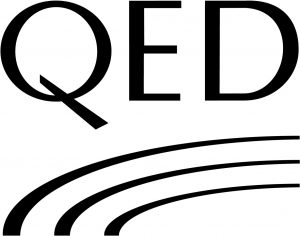ATLAS Hyper Streaming Ethernet
€229.00 – €289.00
ATLAS Hyper Streaming Ethernet
Beschrijving
ATLAS Hyper Streaming Ethernet
Hyper Streaming
A wide-bandwidth digital interconnect specifically developed to meet the requirements of streaming audio applications.
Wide bandwidth CAT6A compliant high-speed shielded solid-core cable optimised for consistent digital signal transmission.
Digital theory suggests that data is nothing more than a sequence of ‘ones & zeros’ and all that’s required of a cable is to transfer data around the network. While that’s essentially true, it emerges as an overly simplistic perspective when considering high high-resolution low-level signals.
While the OSI 7 layer Ethernet protocol specification covers packet switching, error correction, timing and end-to-end transmission, as in any audio cable there are areas where the selected materials, construction techniques, connectors, and termination methods can all audibly impact the signal integrity. All Atlas streaming Ethernet cables are tested to and certificated to be compliant to the highest ISO/TIA standards for patch cords.
Basic ‘eBay-style’ stranded, unshielded Ethernet ‘patch’ cables typically sound grainy and crude in hifi applications, with high levels of digital background ‘energy’ degrading audio quality.
Such cables will typically fail ISO/TIA compliance testing standards and offer somewhat unpredictable performance.
Atlas streaming cables benefit from the expertise and experience gained with the continuing development and evolution of our high-speed video and USB audio cables. We utilise high-purity solid-core OFC conductors with very stable PEF dielectric materials and polycarbonate shielded plugs in a precision-calibrated production process which pays particular attention to minimising signal errors. Fewer errors means the correction circuitry in the receiving device has less work to do – a high level of error correction can itself introduce more noise – extracting and processing the data.
The practical, audible result is a cleaner audio signal with a wider dynamic range and less of the ‘glare’ which typically results from high levels of unwanted ‘energy’ in the signal data.
Please refer to our page on streaming cables for more detailed technical information.
Extra informatie
| Kabel lengte | 3m, 2m, 1m |
|---|





















